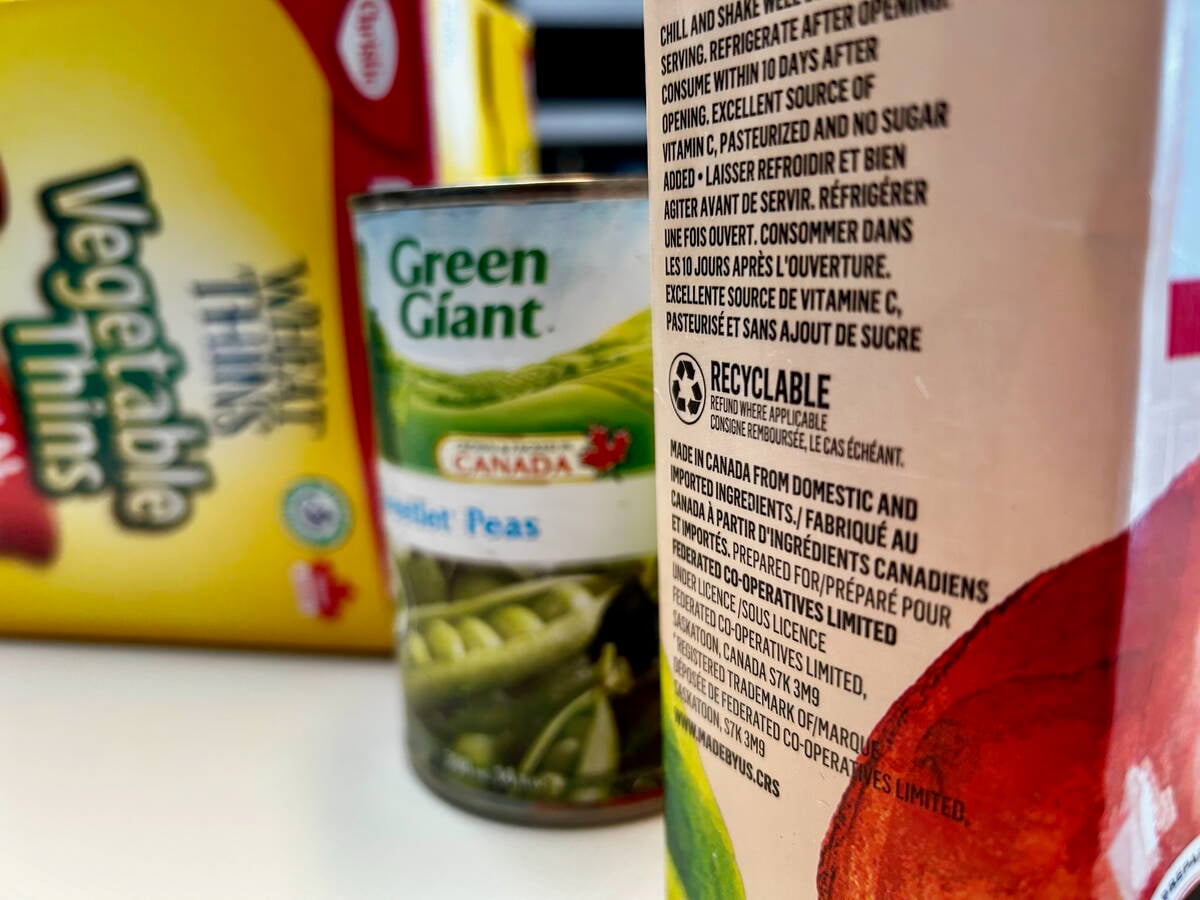China has bought approximately 600,000 tonnes of Australian barley since Beijing lifted punishing duties on the grain in August, traders said.
The numbers underline strong pent-up demand for the grain from the Asian nation, the same traders noted.
China ended anti-dumping tariffs on Australian barley on Aug. 5, roughly three years after the 80.5 per cent duties first hit exports. Prior to those restrictions, Australian barley trade to China was worth over C$1.3 billion annually.
The duties were introduced following increasingly tense trade relationships between Australia and China in 2020, including a call from Australia for investigation into the roots of COVID-19. Tariffs on a long list of Australian products emerged from those tensions, including barriers against wine, barley, lobster, timber and coal.
Read Also

Unclear food labels hinder Canada’s ‘buy local’ surge
“Maple-washing” on Canadian food packaging makes label claims hard to keep straight and hurts both farmers and consumers trying to buy Canadian, economist says.
Australia later took up the barley dispute with the World Trade Organization.
Trade friction between the countries began to relent following a 2022 change of the political guard in Australia.
In April, Australia announced that it would drop its WTO case after China agreed to fast-track an assessment of the tariffs. Trade in coal and timber has, likewise, picked up again.
Return to status quo
Importers have already snapped up 10 cargoes of old-crop Australian barley for both malting and animal feed since the tariffs were lifted, said three European traders, adding that more deals are likely.
“These are big volumes and I expect more in coming months as the new crop in Australia approaches,” said one such trader with direct knowledge of the deals.
“There is not all that much available in Australia at this time of the season, but China has been buying all it can.”
Of the recent purchases, about two or three of the consignments are high-grade barley usually for malt and beer production, sold at around C$440 per tonne on a cost and freight basis (C&F), and seven to eight are animal feed barley bought at around $375-$379 per tonne C&F, said two of the traders.
One cargo of malting barley is already on its way, Australia’s agriculture minister said Aug. 29.
“China likes Australian barley and Chinese importers have been forced to pay over Australian prices for supplies from other origins,” one of the traders added, referring to Australia’s status as China’s long-term supplier of consistently good quality grain.
Canada was among the countries to see a boost in barley trade to China after the 2020 duties were introduced, alongside France and Argentina, Reuters reported in early August.
Barley is expected to be a much sought substitute to corn in Chinese animal feed. Heavy rain in China recently damaged some of the local crop and pushed up prices. War in another top supplier, Ukraine, has also disrupted supplies, according to traders, analysts and feed makers in China.
Another eight to 10 shipments of feed barley, which were bought from optional origins, have also been switched to Australia, the traders said.
Under optional origin terms, the seller usually has the freedom to select the country of origin.
One Singapore-based trader said Chinese importers had booked seven cargoes of 60,000 tonnes each in the last two weeks.
The three European traders said there should be around 20 shipments of Australian barley arriving in China in the next two to three months.
“It’s a quick return to old times, in my view, and Chinese demand is continuing,” said the first trader.
“We expect to see China buying Australian barley all the way through 2024; they have a preference for Australian quality,” the second trader added.
Slow Australian feed wheat exports, due to cheap South American corn, means that usually scarce loading slots are available in Australian ports, traders said.
The next stage will be Chinese purchases of new crop Australian barley. However, Australian farmers are currently unwilling sellers, partly because of the uncertain Australian harvest outlook.
In early August, Australia also called for China to retract remaining restrictions on Australian goods that were imposed during the trade tensions.















